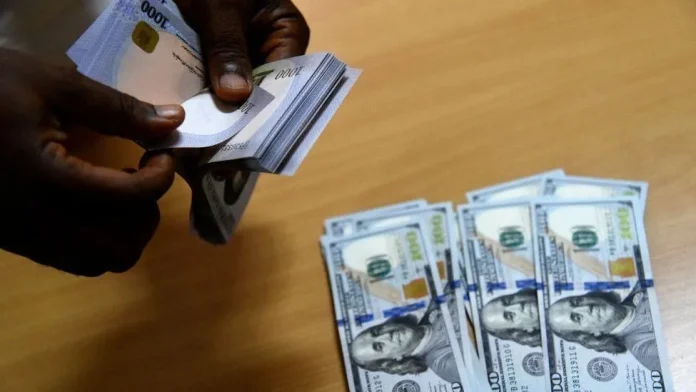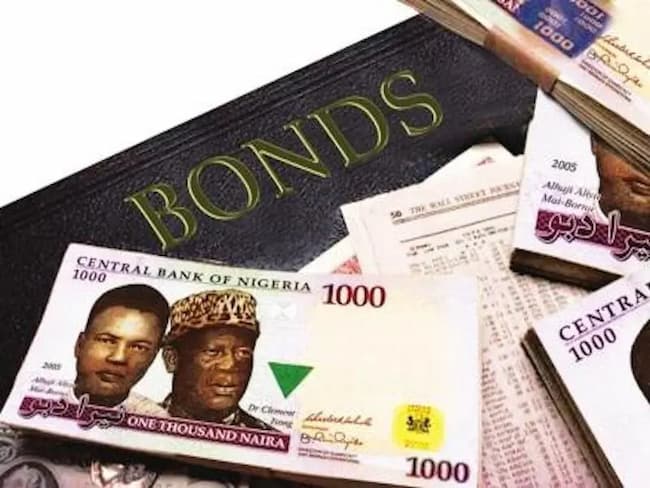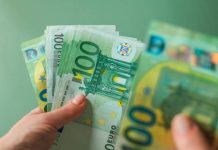The possibility for speculative trading operations has increased as the difference between the exchange rate in the Investors’ and Exporters’ Foreign Exchange Window and the parallel market has grown to roughly N130 per US dollar.
A significant chance of round-tripping exists along with chances for speculative trades due to the disparity between the two FX spot rate quotations. The Central Bank of Nigeria (CBN) has begun to undo some of the major decisions made while its governor, Godwin Emefiele, was on leave.
The apex bank, however, made no mention of a strategy for paying off the foreign exchange debt due to investors overseas as a result of capital control regulations that made it impossible for some multinational corporations to upstream and repatriate cash abroad.
The US dollar was sold for N770.72 on Tuesday, down from N761.32, at the official market for manufacturers that import products, services, and exporters anticipating money inflow. This is two days in a row of sequential local currency devaluation.
Nigeria is also experiencing a scarcity of US dollars and other foreign currencies, and its external reserves buffer is continuing to decline amid a lot of uncertainty. Investment bankers believe that under Godwin Emefiele, the top bank’s suspended and delegated chairman, the foreign reserves were inflated.
Following central bank intervention, the decision to reinstate Bureau de Change operators, and $3 billion in loans to NNPC, the naira gained significantly on Friday of last week.
The monetary authority’s inability to keep the forex supply higher dragged the local currency into the mud against the continuous rising influence and dominance of the US dollar. A large bucket of FX demand remains unfilled by the apex bank amidst rising doubt about
In the parallel market, the local currency increased by 4.65% to N900 while the global oil market spiralled downward as Iranian boosted crude oil exports. Brent crude fell 0.15% to $84.33 per barrel, while WTI crude lost 0.36% to $79.83 per barrel.
Oil futures were lower on Tuesday, as demand concerns lingered despite a People Bank of China (PBOC) lending rate cut failed to stimulate the market. Elsewhere, gold was trading near $1,897 per ounce (+0.18%), driven by dwindling demand for non-yielding bullion as US Treasury yields rebounded.














